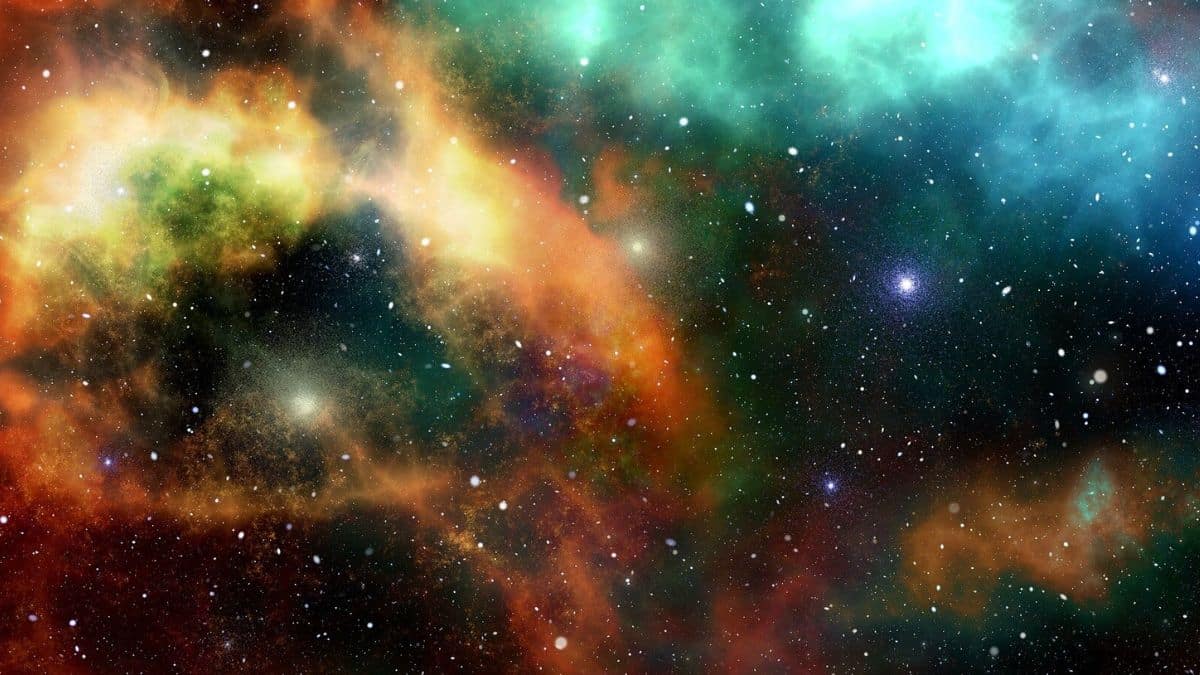Early Universe Radio Signal Could Uncover Masses of

A groundbreaking discovery has emerged from a team of researchers, including scientists from the University of Cambridge, who have detected a faint radio signal from hydrogen atoms dating back to the early universe. This signal, which holds crucial information about the mass and characteristics of the first stars, was analyzed using a novel model that examines the effects of early starlight and supernovae on the 21-centimeter line from hydrogen. This research sheds light on the Cosmic Dawn, a pivotal period when the universe transitioned from darkness to light through the formation of stars and galaxies.
Unraveling the 21-Centimeter Signal
The research team, as reported in Nature Astronomy, has revealed that the 21-centimeter signal, which originated approximately 100 million years after the Big Bang, is sensitive to the masses of the first stars, known as Population III stars. These stars are believed to differ significantly from those we observe today. By tracking the influence of these early stars on hydrogen gas through radio observations, the researchers have opened a new avenue for understanding the early universe. The study was conducted under the REACH project, which is integral to the upcoming Square Kilometre Array (SKA) initiative.
Unlike visual observations made by instruments such as the James Webb Space Telescope, the REACH and SKA projects focus on collecting statistical data regarding cosmic radio waves. The researchers also examined the effects of ultraviolet light and X-rays, generated by X-ray binary systems, on the 21-centimeter signal. Their findings indicate that previous studies may have underestimated the impact of these factors, particularly in scenarios where collapsed stars interact with surviving stars in binary systems.
Insights from the REACH Project
Although still in its calibration phase, the REACH project is already providing valuable insights into the universe’s first billion years. Professor Anastasia Fialkov and her team believe that their innovative technique could eventually reveal not only when stars began to form but also their mass. Dr. Eloy De Lera Acedo, the principal investigator of REACH, emphasized that the outcomes of this project will significantly influence the future of radio astronomy, with potential contributions from locations such as the Karoo in South Africa.
The implications of this research are profound, as it represents a significant step toward understanding how the universe’s first objects evolved from a state of darkness into the galaxies we observe today. The ability to analyze the early universe through radio signals marks a pivotal advancement in astrophysics, offering a new perspective on cosmic history.
Future of Radio Astronomy
The findings from this research not only enhance our understanding of the early universe but also pave the way for future explorations in radio astronomy. The collaboration between various institutions, including the University of Cambridge, highlights the importance of interdisciplinary efforts in unraveling the mysteries of the cosmos. As the REACH project continues to develop, it promises to refine our knowledge of the formation and evolution of the universe’s earliest stars.
With the Square Kilometre Array on the horizon, researchers are optimistic about the potential for groundbreaking discoveries that could reshape our understanding of cosmic history. The ability to detect and analyze faint radio signals from the early universe opens new doors for exploration, allowing scientists to piece together the timeline of star formation and the development of galaxies. This research marks a significant milestone in the quest to understand the origins of the universe and the fundamental processes that shaped it.
Observer Voice is the one stop site for National, International news, Sports, Editor’s Choice, Art/culture contents, Quotes and much more. We also cover historical contents. Historical contents includes World History, Indian History, and what happened today. The website also covers Entertainment across the India and World.

